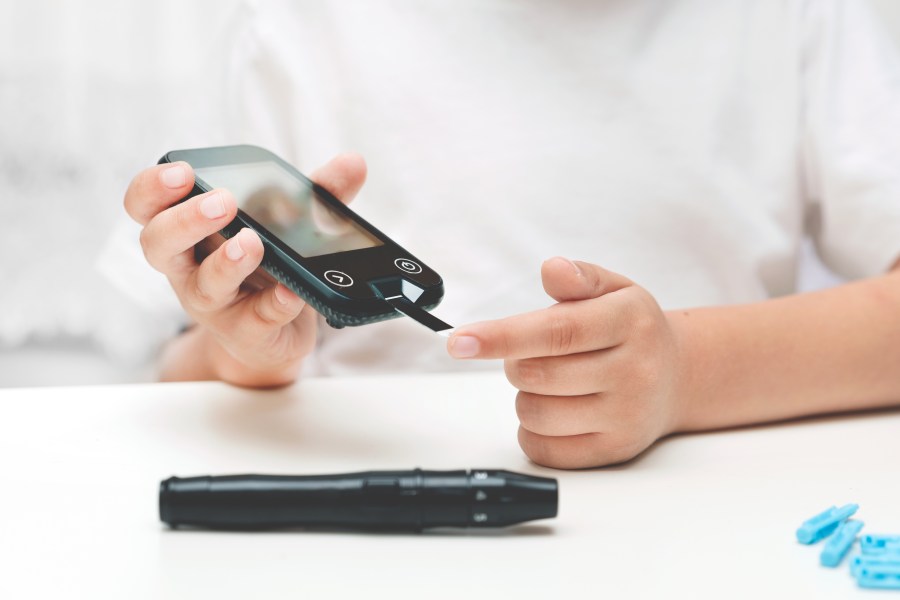AUSTIN (KXAN) — Type 1 diabetes is an autoimmune disease where each patient becomes insulin dependent. Managing this disease and heading back to school may be difficult but not impossible.
According to the Centers for Disease Control and Prevention, 352,000 children and adolescents younger than 20 years old have diabetes, and over 300,00 of those individuals are diagnosed with Type 1 diabetes. T1D is a chronic autoimmune disease that attacks insulin-producing cells in the pancreas. Individuals with T1D become insulin dependent for life.
As the school year begins parents of students with T1D may be looking for ways to ease their child’s back-to-school transition while still properly managing their diabetes.
Jon Kinder, father of incoming freshman Jack Kinder, said his family discovered his son’s diabetes when he was 11 years old. At that time, school was virtual due to the COVID-19 pandemic. This made it a bit easier to help Jack manage his diabetes. When it was time to return to the classroom, Jon and his wife found ways to make the transition easy for Jack.
“We go up to the school every year, drop off supplies, make friends with the nurse. We make sure he knows everything, he is very good at managing his own diabetes. So, we make sure that he feels strong enough and confident enough to be a proponent and advocate for his own health,” Jon said.
Jon also makes sure to speak with each one of Jack’s teachers before the school year begins to explain different things to look out for regarding Jack’s health. The Kinders have learned that certain foods are not always the cause for low or high blood sugar levels, and often times the cause of that can be stress or anxiety.
“We like having good relationships with the teachers as well so that they know if he is super high or low he may feel really bad and it might not be a good time for him to take a test. He can account for that, come back to normal blood sugars and then maybe take it later within a few minutes of that,” Jon said.
Many T1D patients utilize electronic devices that read blood sugar levels throughout the day. It is important that parents make their child’s teacher and school aware of this. Often times a phone is needed to read those results and many districts have a strict no-phone policy. This would be an exception.
Tips
Breakthrough T1D recommends creating a “cheat sheet” of your child for their teacher. Provide information such as name, photo, and easy-to-read steps on how to handle high and low blood sugars. Having a 504 plan and ensuring everything your child needs and should be provided with is in that plan.
Finding other students and families in similar situations to connect with also helps, together you can help educate the school on T1D. T1D may be difficult to manage on your own and a lot of people are not aware of that, it is also something that needs to be cared for 24/7 and never stops.
“It gets easier. It definitely seems impossible to overcome when you first get it. I know that is how it was for me, I was just crying every night in the hospital but overtime, over the next few months it got better. My blood sugar eventually steadied out and everything got better,” Jack said.
You can also find a Back to School with Type 1 Diabetes Checklist here, to help you and your child’s transition from summer to back to school a little bit easier.
